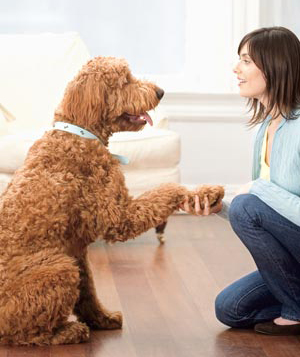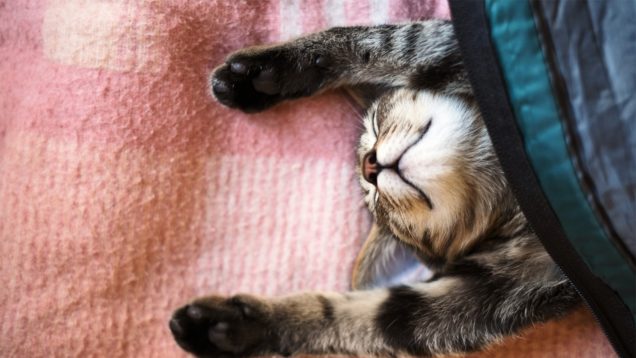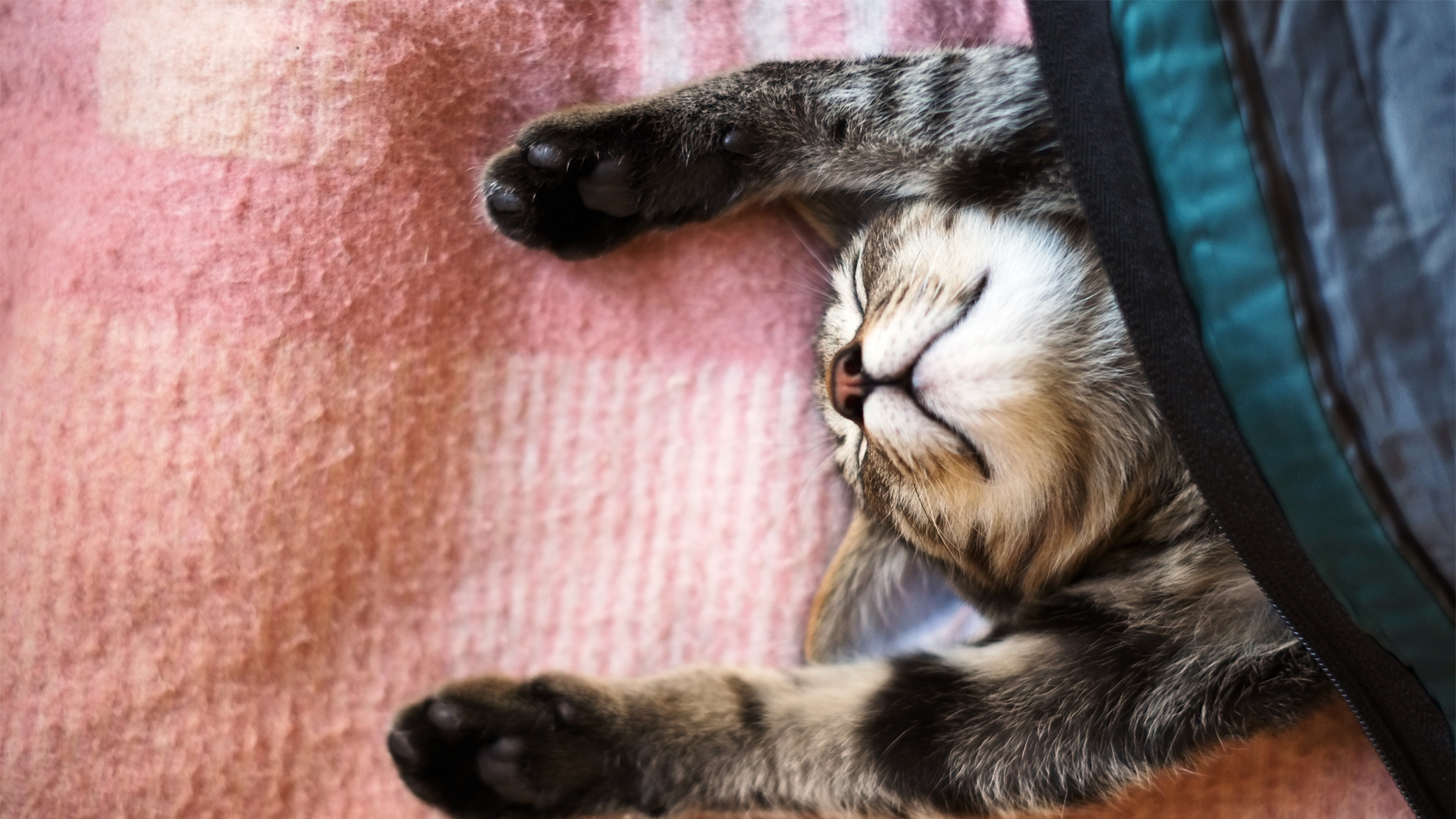They are man’s best friend, but for people with allergies and asthma they can also be your worst enemy. Pets. From the ground up, they are lovable little creatures who live with their forever families in an estimated 62 percent of American homes.
The American Academy of Allergy, Asthma & Immunology reports more than 161 million cats and dogs live in American households. Yet pet dander is among a long list of allergens in the home that contribute to indoor air pollution.
What is pet dander made of?
Many dog lovers are all too familiar with the presence of fur ball tumbleweed in hallways of the home and know and understand the ramifications of such things. Yet like many indoor air pollutants, much of the problem is in the unseen.
From that adorable way your Golden Retriever clumsily scratches behind her ear to how your beloved Sphynx nests into his favorite pillow, dander is being released into the air. From the little shake after getting home from a walk to that game of chase back and forth the bedroom hallway, your four-legged best friend is shedding tiny flecks of dead skin cells that make up dander.
Like dust, dander collects on furniture and other surfaces and can survive there for some time without proper cleaning. Pet hair in itself is not an allergen, but does collect proteins found in saliva, urine and feces that can cause allergic reactions in some people, according to the American Lung Association.
Even homes without pets are susceptible to having dander, which is carried around on the clothes of unsuspecting pet owners everywhere.
Why are people allergic to pets?
Eleven million people are allergic to cats alone, according to WebMD, which also reports an estimated 15 percent of Americans are allergic to animals.
And despite certain dog and cat breeds being referred to as hypoallergenic, a truly hypoallergenic cat or dog simply doesn’t exist.
 Simply put, allergies and pets go hand in paw.
Simply put, allergies and pets go hand in paw.
A 2015 study conducted by the Environmental Health Perspectives investigated the ways that environmental conditions, like exposure to pets and pet dander, impact asthma. While results indicated further research is necessary to determine causality, the researchers concluded exposure to certain elements like pet dander in the home may exacerbate or worsen the symptoms of asthma.
To make matters worse, many people don’t even realize dander could be a cause of an allergic flare up despite commonly reported animal allergy symptoms like itchy eyes, wheezy breathing and rashes.
The best way to know for sure whether you have a pet allergy is to consult with a doctor.
Natural air purifier for pet dander
In the meantime, there are steps you can take that can help reduce pet dander. Because, let’s face it, in many homes finding a new home for the beloved family pet is somewhat of a last resort.
Integrating a regular cleaning regime is always a good idea, but attention to detail is crucial when dander is concerned.
Changing sheets, washing blankets and dusting regularly are all among the best ways to keep fabrics clean of dust and dander. Using all natural cleaning products to frequently wipe down surfaces is another thing to keep in mind.
For a set and forget option, a natural air purifier is among the most efficient ways to keep the air clean in your home. Thanks to innovative new technology, there is a way to continuously clean the air and hard surfaces in your home without breaking your back or hiring a stranger to visit every so often.
Systems like RENUAIRE by Yellowblue help keep the air in your home clean by providing effective and long-lasting residual cleaning of inorganic matter, like pet dander, in the air and on surfaces.
Probiotics are a natural cleaning product that function to purify the air and hard surfaces throughout your home. Like many natural household cleaning products, probiotics are chemical-free and environmentally friendly.
Want more tips on ways to improve air quality in your home?
Contact us to locate an independent authorized Yellowblue dealer, and receive more information about our probiotics air and surface purifier.




